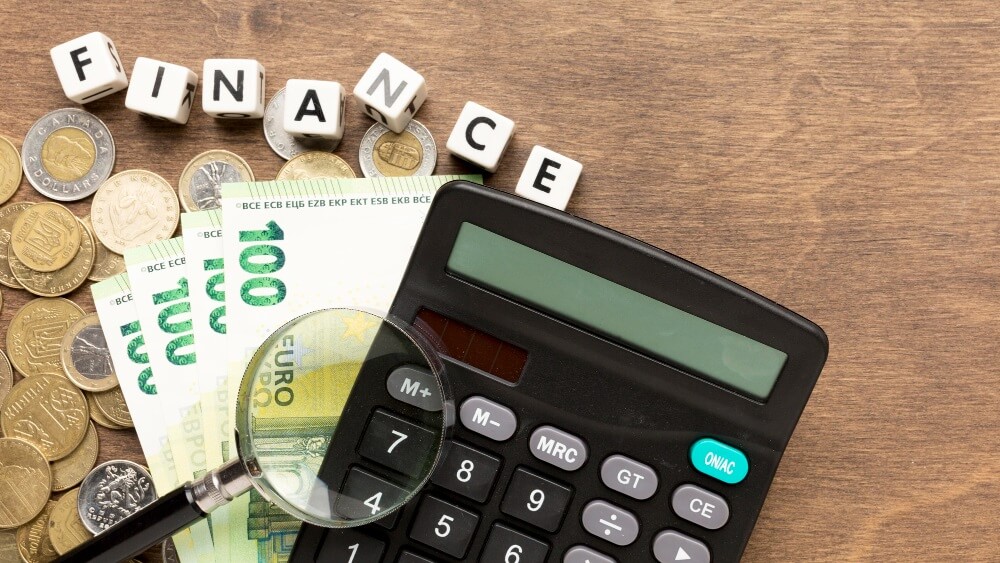Converting fractions to decimals is a fundamental skill that’s useful in all sorts of situations, from shopping to cooking. Take the fraction 3/8, for example. In this article, we’ll walk you through how to convert 3/8 into a decimal, explain whether it’s a repeating decimal, and show you how place values come into play. By the end, you’ll have a clear understanding of how to turn fractions into decimals and how it can help in everyday tasks.
What is a Fraction?
A fraction represents a portion of a whole and is made up of two parts: the numerator (the top number) and the denominator (the bottom number). For example, in 3/8, the numerator is 3, and the denominator is 8. To convert a fraction into a decimal, you simply divide the numerator by the denominator. So, to convert 3/8, we perform the division 3 ÷ 8.
Converting 3/8 into a Decimal
To convert 3/8 into a decimal, follow these steps:
Step 1: Divide 3 by 8
Start by dividing the numerator (3) by the denominator (8). This is the initial step in the long division process.
Step 2: Add a Decimal Point
Once you begin dividing, add a decimal point to the result and continue the division. This helps you get a more precise answer.

Step 3: Perform the Long Division
Here’s how the long division works:
- 8 goes into 30 three times (since 8 * 3 = 24). Subtract 24 from 30, leaving a remainder of 6.
- Bring down a 0 to make the remainder 60. Now, you divide 60 by 8.
- 8 goes into 60 seven times (since 8 * 7 = 56). Subtract 56 from 60, leaving a remainder of 4.
- Bring down another 0 to make the remainder 40.
- 8 goes into 40 five times (since 8 * 5 = 40). Subtract 40 from 40, leaving a remainder of 0, and the division ends.
The result of this process gives you the decimal 0.375.
Is 3/8 a Repeating Decimal?
Repeating decimals occur when a digit or a set of digits repeats indefinitely in the decimal. For instance, 1/3 equals 0.333…, where the digit 3 repeats infinitely.
However, 3/8 is not a repeating decimal. The result of the division 3 ÷ 8 is 0.375, which is a terminating decimal. This means it ends after a few digits and does not continue indefinitely.
What is the Decimal Form of 3/8 Using the Place Value Principle?
The place value principle helps us understand the value of digits in a decimal number based on their position relative to the decimal point. For the decimal 0.375, the place values are as follows:
- 0.3 represents 3 tenths or 3/10.
- 0.07 represents 7 hundredths or 7/100.
- 0.005 represents 5 thousandths or 5/1000.
So, 0.375 can be written as the sum of the fractions 3/10 + 7/100 + 5/1000. This breakdown shows how decimals align with fractions, giving a clearer picture of the fractional value represented by the decimal.
Real-World Uses of 3/8 as Decimal
Decimals like 0.375 are often used in everyday situations. Here are a few examples:
Money and Finance
In financial transactions, decimals are commonly used to represent parts of a dollar. For example, 0.375 is equal to 37.5 cents. Whether you’re handling small changes or calculating prices, understanding decimals is essential.

Measurements
In construction or cooking, precise measurements are often expressed in decimal form. For instance, 3/8 inch is the same as 0.375 inches. Knowing how to convert fractions into decimals can make measurements more convenient and accurate.
Science and Engineering
In scientific calculations, decimals are used for precision. For example, when dealing with chemical concentrations, distances in physics, or engineering tolerances, decimals like 0.375 are used to represent exact quantities.
Comparing Fractions and Decimals
Here’s a quick comparison of some common fractions and their decimal equivalents:
| Fraction | Decimal Equivalent |
|---|---|
| 1/2 | 0.5 |
| 1/4 | 0.25 |
| 3/8 | 0.375 |
| 1/3 | 0.333… |
| 3/4 | 0.75 |
Rounding and Approximation
In many real-world applications, decimals are often rounded for simplicity. For example, 0.375 could be rounded to 0.38 or even 0.4 depending on the level of precision required. For instance, if you’re calculating the cost of items in a shopping cart, rounding 0.375 to 0.4 might be more practical, especially when dealing with small amounts of money.
Conclusion
Converting fractions to decimals is a practical skill that enhances understanding and precision in various real-life scenarios. By mastering the conversion of fractions like 3/8 to 0.375, you’re better equipped to handle situations in finance, measurement, science, and engineering, where exact values and clarity are key. This process not only strengthens mathematical knowledge but also aids in daily activities, from calculating expenses to taking accurate measurements. With a solid grasp of both fractions and decimals, you’ll find it easier to make informed decisions, whether rounding for simplicity or working with precise figures.




